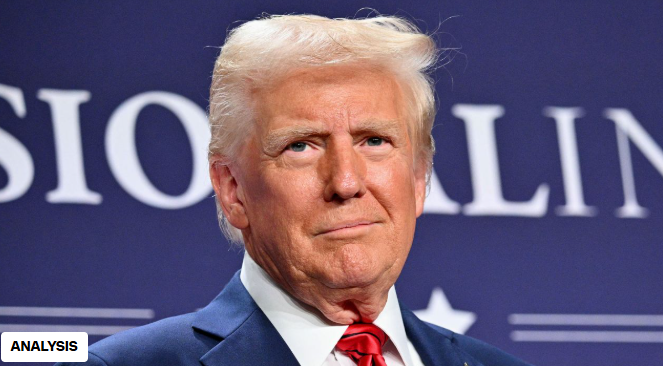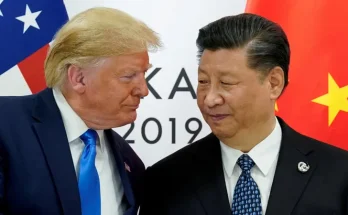It was the moment Donald Trump’s strongman presidency collided with reality.
His latest bid to exert sweeping executive power—this time by abruptly freezing federal aid—threw the nation into turmoil. Critical programs like Meals on Wheels and low-income housing assistance were suddenly left in limbo, sparking confusion and fear across the country.
What began as a calculated and disciplined start to Trump’s return to power quickly spiraled into chaos—reminiscent of the firestorms that defined his first term and ultimately led to his 2020 defeat.
More than anything, the controversy has ignited a seismic legal battle over the limits of presidential power—one that will not only define Trump’s new administration but also reshape the balance of power in Washington. With stakes this high, the fight is almost certain to reach the Supreme Court.
Trump’s image as a brash disruptor mirrors the frustration many Americans feel toward the Washington establishment. After a commanding election victory, he can rightfully claim a mandate for change. While Democrats have repeatedly sounded the alarm over his authoritarian tendencies, their warnings have often been dismissed as exaggerations.
However, the spending freeze—along with other bold early actions, such as firing Justice Department prosecutors and reviving efforts to repeal birthright citizenship—reveals a deeper truth: Trump views the presidency as an almost unchecked source of power, where he alone can determine what is legal and what is not.
“The White House Counsel’s Office believes this falls within the President’s authority, and therefore, he’s doing it,” White House press secretary Karoline Leavitt stated bluntly to CNN’s Kaitlan Collins during Tuesday’s briefing.
In just eight days, Trump’s second presidency—driven by his relentless push for absolute control—has already sparked a constitutional showdown.
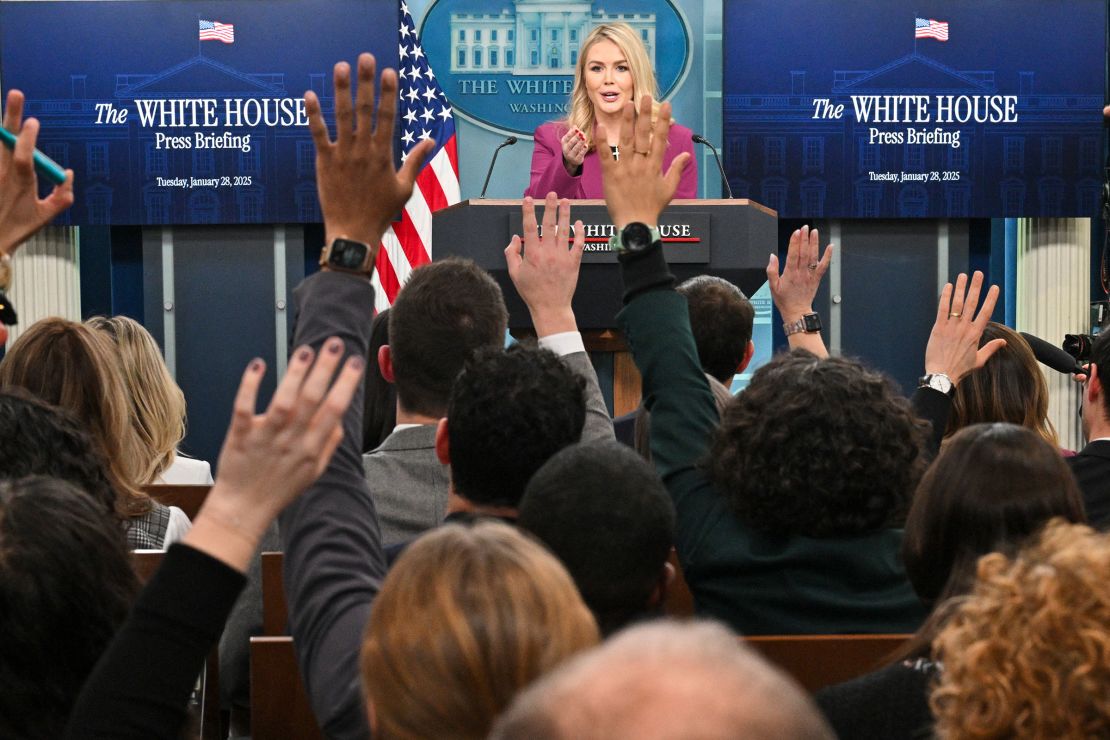
How a memo sparked nationwide chaos
This was a mess made in the White House.
The Office of Management and Budget ignited a firestorm Monday night with a memo ordering a temporary halt to “all activities related to obligation or disbursement of all Federal financial assistance.” While the memo—obtained by —exempted Medicare benefits and direct aid to individuals, it unleashed widespread confusion. Lawmakers, state officials, local leaders, and NGOs were left scrambling, uncertain about which programs were affected and which remained intact. In theory, everything from Pentagon initiatives to vital small-town services hung in the balance.
Trump’s team scrambled to clarify that the freeze wasn’t as sweeping as it appeared, insisting it was merely a pause to review funding for conflicts with his new policies—particularly his crackdown on diversity, equity, and inclusion initiatives. But their explanations only deepened the confusion.
In her debut briefing, press secretary Karoline Leavitt couldn’t confirm whether Medicaid was affected, fueling further uncertainty. Although she later clarified that Medicaid was exempt, the damage had already been done—many state portals for the critical program remained down for much of the day, leaving millions in limbo.
“I suspect the administration has bitten off more than it intended to chew,” said Donald Kettl, former dean of the University of Maryland School of Public Policy. “I don’t think it really meant to shut down Medicaid. I don’t think it intended to cut off aid to local schools. But the language in the memo is absolutely crystal clear,” he told The Lead with Jake Tapper.
By evening, a federal judge stepped in, issuing a temporary halt on the aid freeze until Monday.
Summing up a day of confusion and chaos, U.S. District Judge Loren L. AliKhan pressed a Justice Department attorney before remarking, “The government doesn’t know the full scope of the programs that are going to be subject to the pause.”
Trump’s ‘shock and awe’ dissolves into confusion
Tuesday’s turmoil will have immediate political fallout, layered atop far more profound constitutional questions.
The confusion overshadowed what had been a carefully orchestrated rollout of Trump’s second term. His strategy of unleashing rapid-fire executive actions has made it difficult for critics to zero in on any single policy shift. But in this case, the administration’s rush to impose sweeping changes appeared to catch the Office of Management and Budget off guard—resulting in chaos.
Trump’s core base, bolstered by his clean sweep of all seven swing states, is unlikely to waver. However, with limited time to enact his ambitious agenda and a finite reservoir of political capital, the perception of his presidency—especially after a largely smooth start—remains crucial.
Ironically, the frenzy brought renewed attention to the essential role of government programs suddenly thrown into doubt. And with Trump preparing deep spending cuts, Tuesday’s debacle may serve as an early warning for Elon Musk, who, as head of the newly minted Department of Government Efficiency, is tasked with slashing federal budgets.
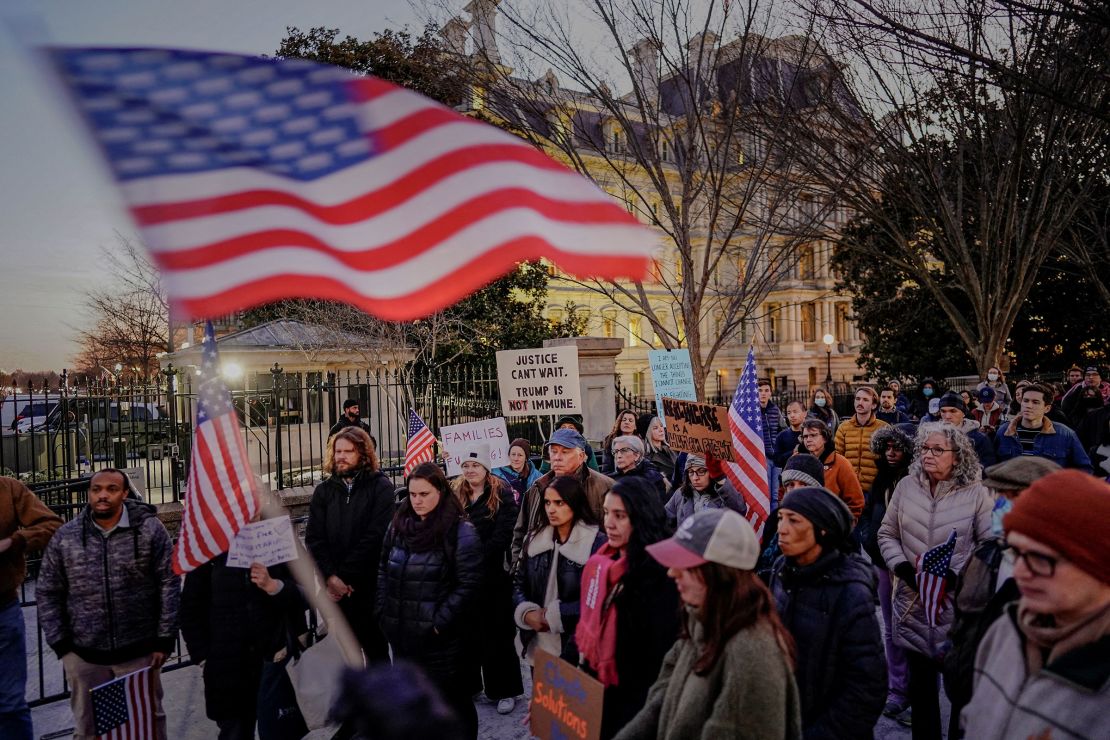
Trump seems to subvert the constitutional role of Congress
The deepest concerns raised by the now-partially stayed funding freeze stem from Trump’s latest push for unchecked authority, which marks a troubling trend in an administration already known for power grabs.
By seeking to freeze loans and grants, aligning them with his agenda outlined in a barrage of executive actions, Trump aimed to redirect or halt funding that had already been approved by Congress.
“It is a direct challenge to Congress and its constitutional role in approving and authorizing government spending,” said Donald Kettl.
Stephen Miller, White House deputy chief of staff for policy, told Jake Tapper that the freeze was necessary to halt funds flowing toward what he called “wicked and pernicious” policies.
White House press secretary Karoline Leavitt countered, insisting that Trump was well within his rights to scrutinize federal spending, claiming it was exactly what the American people elected him to do.
One interpretation of Trump’s 2024 victory is that a sizable portion of Americans lost faith in the government and resented the spending priorities of the Biden administration. However, winning an election does not grant a president the right to bypass the law. Trump took an oath just nine days earlier to uphold the Constitution, which vests the power of the purse in Congress—not the president. While Trump can propose and advocate for new laws, he cannot simply disregard the ones currently on the books.
This disregard for the law echoes his approach to dismissing prosecutors under the investigation of former special counsel Jack Smith. These career prosecutors are protected by civil service laws and are expected to uphold the law, not serve political agendas. Yet Trump and his allies have long argued that entrenched bureaucrats hinder Republican goals, and the DOJ officials let go were accused of being insufficiently loyal to his agenda.
The White House maintains that the president’s Article II powers give him the right to fire anyone. But this, too, is likely headed to court.
Trump’s push to repeal birthright citizenship through his immigration crackdown similarly clashes with constitutional limits—he simply lacks the power to amend the Constitution by decree.
His firing of over a dozen government watchdogs last week follows a similar belief that laws don’t apply to him. A long-standing statute requires the president to give Congress 30 days’ notice before dismissing certain officials, but Trump ignored this. Miller argued that this law is unconstitutional. “Absolutely it is. I don’t even think so. I know it is,” he told Tapper.
But presidents and their advisers are not above the law. If they were, the very foundation of American democracy would collapse.
“What democracy requires isn’t that the president, upon taking office, can erase everything that came before,” said Corey Brett Schneider , author of The Presidents and the People: Five Leaders Who Threatened Democracy and the Citizens Who Fought to Defend It.
“The idea of democracy is that laws passed—whether it’s the 1964 Civil Rights Act or environmental protection—are binding not just on citizens, but on the president as well,” said Brettschneider,
a constitutional law expert at Brown University.
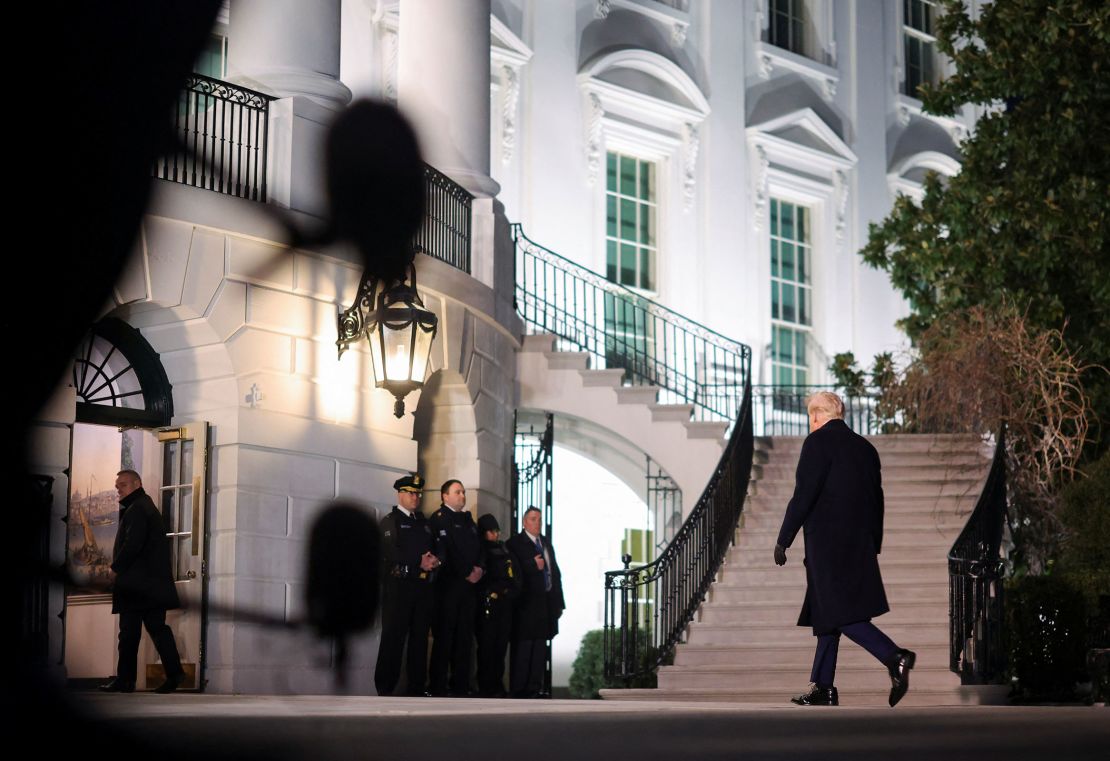
Trump is only just beginning his constitutional pressure
Tuesday further highlighted that Trump is determined to push presidential power to its limits. There’s growing speculation that his administration is deliberately sparking political and legal conflicts to prompt the conservative-majority Supreme Court to further expand the scope of executive authority.
The combination of a president who sees his power as nearly limitless and the recent erosion of checks on the executive branch suggests he could make significant strides toward his goal.
Historically, the primary checks on presidential power—Congress and the courts—have increasingly worked to strengthen it. Republican support on Capitol Hill, demonstrated by lawmakers refusing to convict Trump in his impeachment trials, proved that impeachment has become an impotent tool for holding the president accountable. Moreover, the Supreme Court majority Trump helped cement has provided him with ample protection, paving the way for more presidential power grabs by granting him broad immunity for actions taken in office.
“The presidency is supposed to be constrained by law and the Constitution,” said Corey Brettschneider. “But Trump views it differently—he believes he is empowered to do whatever he wants. And that, in essence, is a vision of authoritarian control.”
